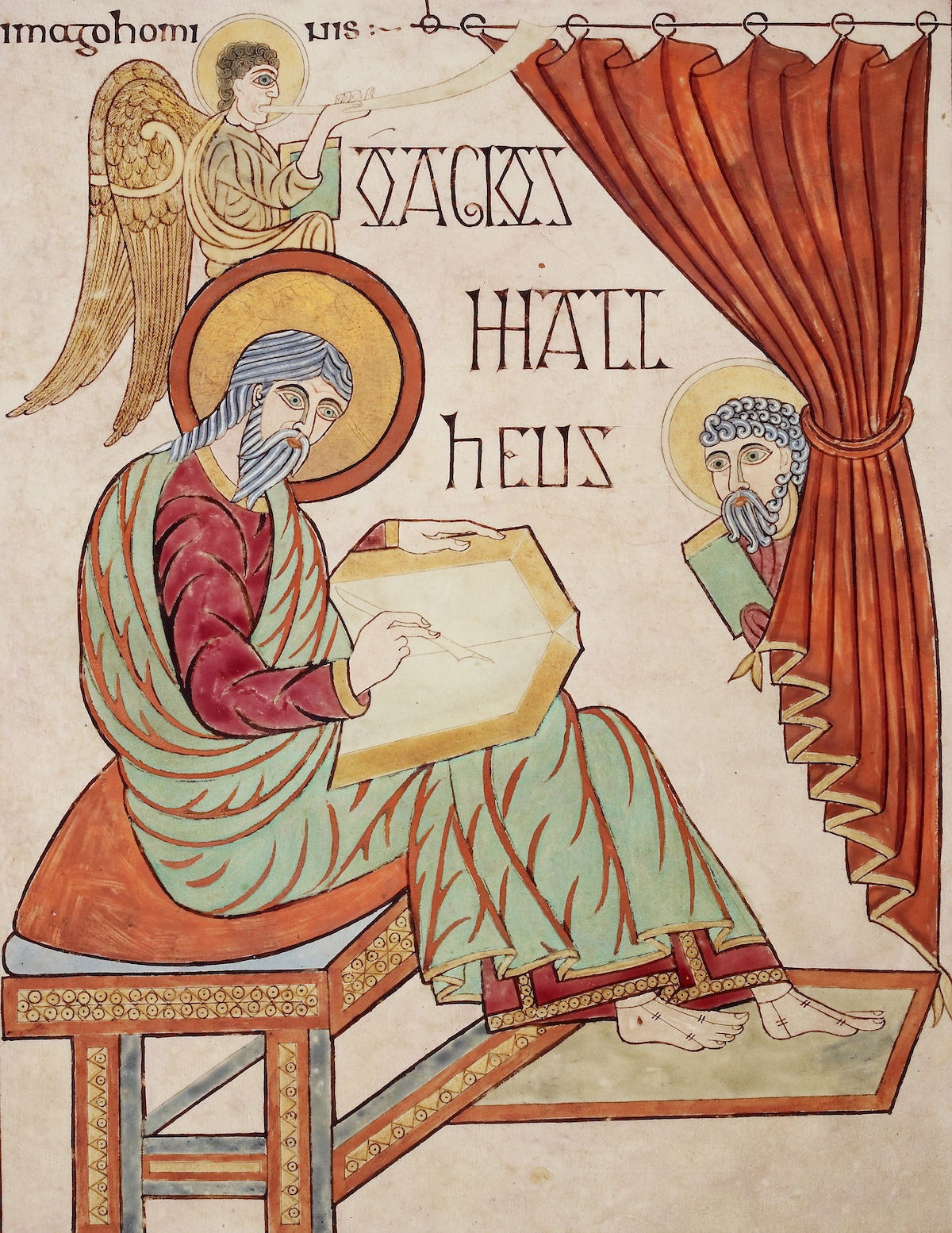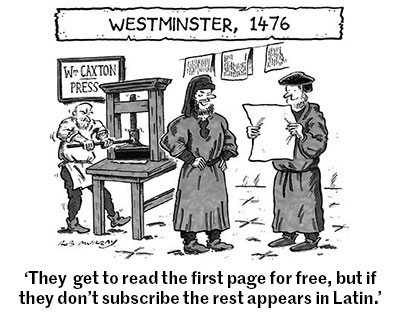Artificial Inspiration
Poets across the ages have sought help with their writing – but AI bears no comparison with the divine.

In the medieval Golden Legend there is a story which purports to explain why the historian Bede is known as ‘the Venerable’, rather than a more common title like ‘Saint’. It claims that after Bede’s death a cleric tried to compose a Latin epitaph for his tomb, but ran into writer’s block. He came up with ‘Hac sunt in fossa Bedae sancti ossa’ (‘Here in this grave are the bones of St Bede’). Unfortunately these lines didn’t scan properly, and he could not work out how to express them better. Frustrated, he gave up and went to bed.
Next morning, he returned to the tomb and found a mysterious writer had solved his problem. In place of ‘sancti’, an unseen hand had engraved another word: ‘venerabilis’. This fit the metre to his satisfaction, completing the poem. The cleric took this to be the work of an angel, and it supposedly provided heavenly authority to justify Bede’s unusual title.
